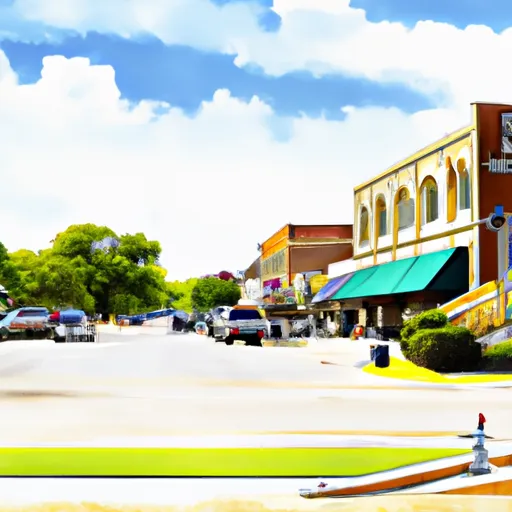°F
°F
mph
Windspeed
%
Humidity











Bridge City is a city located in Orange County, Texas. The climate of Bridge City is classified as humid subtropical, with hot summers and mild winters. The area experiences frequent thunderstorms, with occasional hail and tornadoes. Hydrology constituents in the area include the Sabine River and Cow Bayou, both of which provide opportunities for fishing and boating. Outdoor recreation opportunities in Bridge City include hiking, biking, birdwatching, and wildlife viewing at the Sabine Woods Bird Sanctuary. Additionally, the city is located near several state parks, including Sea Rim State Park and Village Creek State Park, which offer opportunities for camping, kayaking, and swimming.
Weather Forecast
Bridge-City receives approximately 1493mm of rain per year, with humidity levels near 90% and air temperatures averaging around 20°C. Bridge-City has a plant hardyness factor of 9, meaning plants and agriculture in this region tend to thrive here all year round.
Regional Streamflow Levels
563
Cubic Feet Per Second
7,250
Cubic Feet Per Second
32
Cubic Feet Per Second
1,000
Cubic Feet Per Second
Nearby Camping
| Camping Area | Reservations | Toilets | Showers |
|---|---|---|---|
| Indian Mounds | |||
| Alligator Parish Park | |||
| Claiborne West Park | |||
| San Miguel Park State Rec Area | |||
| Mill Creek - Sam Rayburn Reservoir | |||
| Cypress Bend State Rec Area |



